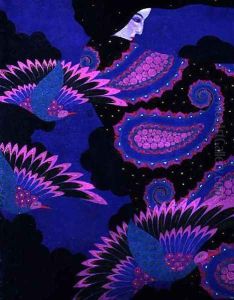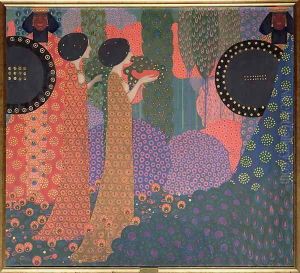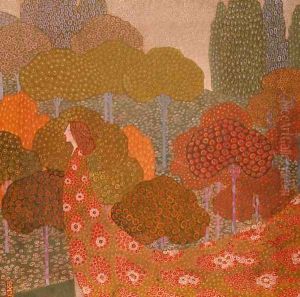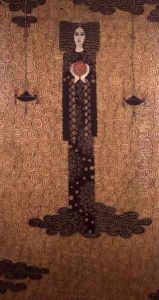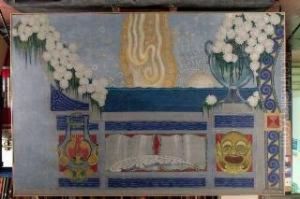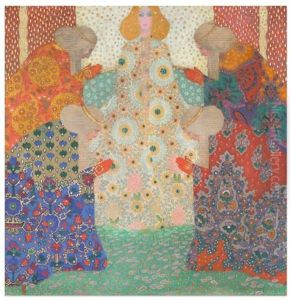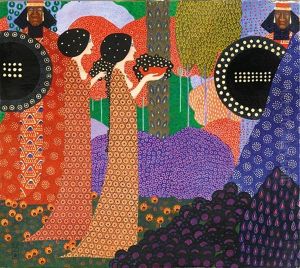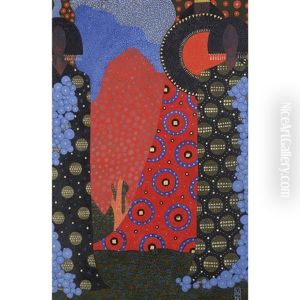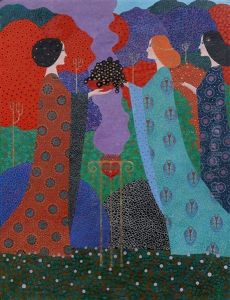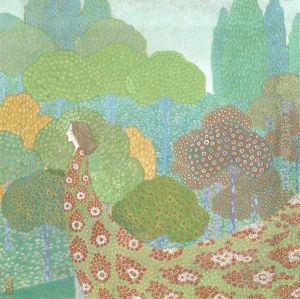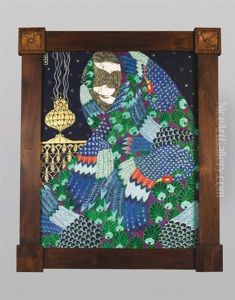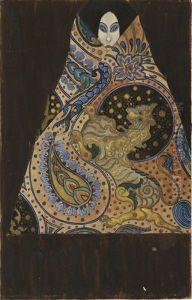Vittorio Zecchin Paintings
Vittorio Zecchin was an influential Italian painter and glass designer, born in Murano, a small island in the Venetian Lagoon, famous for its long-standing tradition of glassmaking. Zecchin's early life was steeped in the artistic and cultural milieu of Venice, a city known for its unique light and color, elements that would deeply influence his later work. He initially studied at the Accademia di Belle Arti di Venezia, where he was exposed to a variety of artistic styles and movements. However, it was the Art Nouveau movement, with its emphasis on organic forms and decorative motifs, that had a profound impact on Zecchin's aesthetic direction.
Zecchin's career took a significant turn when he became involved in the Venetian glass industry, specifically after his association with the Cappellin Venini & C. glassworks in 1921. Here, he served as the artistic director, where he revolutionized the industry by introducing designs that broke away from traditional patterns and embraced the simplicity and elegance of Art Nouveau. His glass works, characterized by their delicate colors and sinuous lines, were highly sought after and contributed to the revival of the Venetian glassmaking tradition, which had begun to decline in the face of industrial competition.
Aside from his contributions to glass design, Zecchin was also a respected painter. His works often depicted historical and mythological themes, rendered in a style that was heavily influenced by the Venetian masters of the Renaissance. Yet, his interpretation was distinctly modern, imbued with the sensibilities of the Art Nouveau movement. His paintings are marked by a lyrical quality, with fluid forms and a lush palette that evoke an ethereal, dream-like atmosphere.
Throughout his career, Vittorio Zecchin held a visionary belief in the synthesis of art and craftsmanship. He played a pivotal role in the early 20th-century renaissance of Italian decorative arts, influencing a generation of artists and designers. Zecchin's legacy is preserved in the collections of major museums around the world, and his work continues to be celebrated for its beauty and innovation. His death in 1947 marked the end of an era, but his influence on the worlds of both fine art and decorative art remains enduring.
